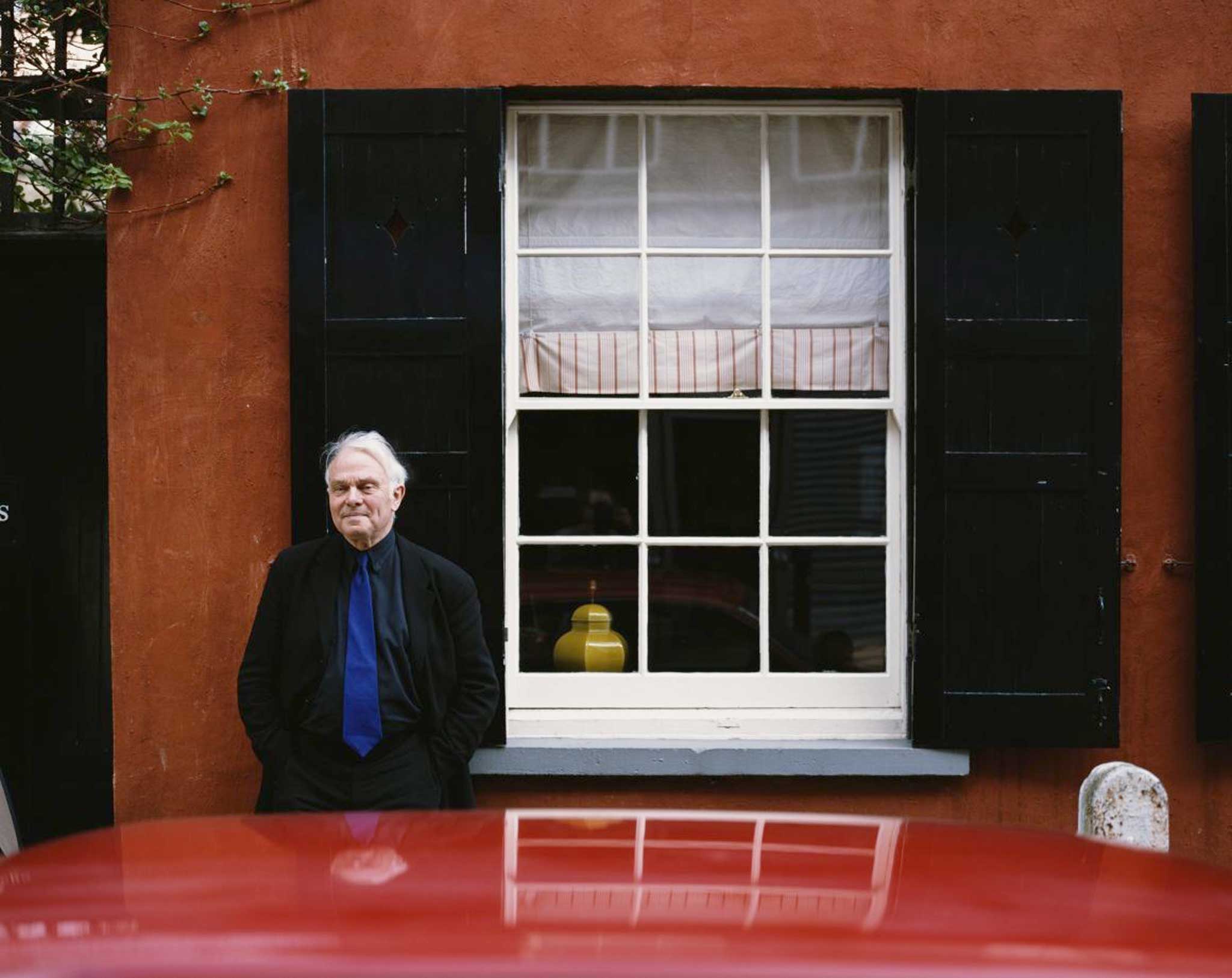Sir Richard MacCormac: Distinguished, award-winning Modernist architect who specialised in public buildings both in Britain and overseas

Sir Richard MacCormac was widely regarded as one of Britain's most renowned post-war Modernist architects. The former president of the Royal Institute of British Architects had enjoyed success throughout his career with projects ranging from schemes at Oxbridge, Lancaster University and Warwick, to the Cable & Wireless training centre outside Coventry, a Tesco supermarket in Ludlow and the Jubilee Line's Southwark tube station.
Known as the "thinking man's architect", he became known for a polite form of modernism that proved attractive to Establishment clients, with its references to historical forms, often characterised by strong symmetry and the sort of spatial arrangements found in classical buildings.
In 2000 he was commissioned by the BBC to redevelop the interiors of Broadcasting House in Portland Place, and to design a grand centre for BBC News and the World Service. This should have been the swansong of one of the great lives in contemporary British architecture, but the £950m project turned into a bitter row that blighted the end of such a distinguished career.
In 2005, halfway through the project, and amid talk of "creative differences", MacCormac was fired by the BBC when senior chiefs became nervous about the architecturally ambitious newsroom, which was to have been the centrepiece of the new building with a vast, cathedral-like open space supported by four huge columns to form a spectacular setting for television newsreaders. MacCormac had predicted it would be "one of the most wonderful and celebrated spaces in the world".
MacCormac subsequently disowned a compromised design, which he believed tore the heart out of the project. It was eventually completed by another firm of architects in 2012, four years late and £55m over budget.
MacCormac's sense of the theatrical had been successfully demonstrated at Southwark Underground station, in London, part of the Jubilee Line extension which opened in 1999 and for which MacCormac won the Millennium Building of the Year Award (2000). Passengers travelling up the escalators are treated to the sweeping arc of a bright blue atrium, where daylight streams in through a flying saucer-like lantern, in acknowledgment to Charles Holden's earlier station designs.
Heavily influenced by the likes of Arts and Crafts architecture, and by British and American architects Sir John Soane and Frank Lloyd Wright, MacCormac made his name in the socialist modernist field of design.
He had cemented his soaring reputation during the 80s and 90s building a number of refined, carefully detailed projects for Oxbridge colleges including the award-winning Garden Quadrangle (St John's) opened in 1993 . In 2003 the Oxford public voted it the best building constructed in the city in the last 75 years.
In 1999, MacCormac designed a new home in Hampstead for Arsenal striker Thierry Henry, described as "one of the finest examples of modern architecture in the UK".
Other notable award-winning projects included the Wellcome Wing of the Science Museum in London, Burrell's Fields at Trinity College, the British Embassy in Bangkok and overseeing a £50m redesign of the centre of Coventry. His last winning design was the 2011 Kendrew Quadrangle, St John's College.
Born in Marylebone, central London, in 1938, Richard Cornelius MacCormac came from a distinguished medical family of Irish descent. With a passion for boats and sailing, upon finishing at Westminster School, he completed his National Service (1957-59) in the Royal Navy, before reading Architecture at Trinity College, Cambridge, where he achieved a double first; he then proceeded to the Bartlett School of Architecture, UCL.
MacCormac began his career with modernist pioneers Powell and Moya (1963) and Lyons Israel & Ellis (1965-67) from where he moved to the London Borough of Merton to work on social housing projects. He left to set up the practice MacCormac Jamieson Prichard in 1972, with Peter Jamieson and David Prichard, and soon won an open competition for a university building in Bristol.
MacCormac worked predominantly on public buildings rather than the more lucrative corporate sector. He left MJP in 2011 to pursue his own projects. In addition to Oxbridge, he lectured at the universities of Edinburgh, Hull and the LSE.
He retained a love for sailing, owning a 1908 oyster-fishing smack that he sailed in the Thames Estuary. Earlier this year he published Two Houses in Spitalfields, a record of the life he shared for over 30 years with author and interior designer Jocasta Innes.
Part of MacCormac's success was undoubtedly his self-deprecating nature and his ability to exchange ideas with everyone, regardless of age or experience. MJP director, Jeremy Estop said, "He was able to 'speak' through design, but also with a rare gift with words, allowing him to lucidly articulate architectural ideas and philosophy. He wore his intellect lightly, constantly perspicacious, but always ready with an anecdote or joke."
MARTIN CHILDS
Richard Cornelius MacCormac, architect, born London 3 September 1938; CBE 1994, Kt 2001; married Susan Landen 1964 (separated 1983, two sons), 1983 partner Jocasta Innes (died 2013); died 26 July 2014.
Subscribe to Independent Premium to bookmark this article
Want to bookmark your favourite articles and stories to read or reference later? Start your Independent Premium subscription today.

Join our commenting forum
Join thought-provoking conversations, follow other Independent readers and see their replies